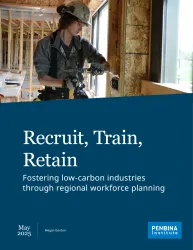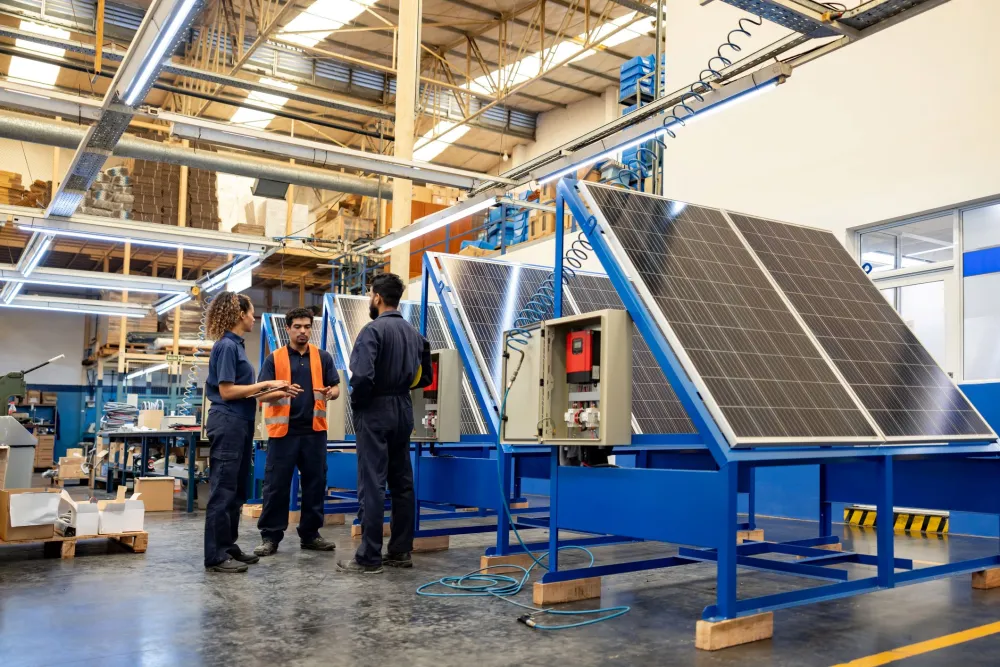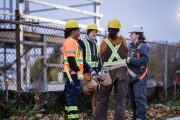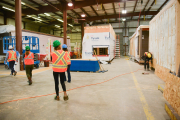Canada is entering a new era of ambition defined by massive, nation-building projects aimed at strengthening economic resilience, responding to trade threats from the United States and addressing urgent challenges like housing affordability, national security, climate change and labour market disruption. To meet these challenges, Canada is turning to large-scale industrial projects with the promise of strengthening our economic independence by driving growth, enhancing energy security and improving long-term competitiveness.
However, delivering on this promise depends on having a skilled and ready workforce. Currently, Canada faces a shortage of professionals and tradespeople needed to get the job done. This shortage is intensifying due to the retirement of baby boomers, shifting labour demands, and underinvestment in the very institutions best positioned to train the next generation — our colleges and universities. Canada already faces more than 97,000 vacancies in the skilled trades, with another 1.2 million expected to open between 2022 and 2031.
Just as demand for skilled workers grows, the system responsible for preparing them is being squeezed. Provincial and federal governments must take ownership of the problem they helped create.
For years, post-secondary institutions have been underfunded and compensated by increasing international student enrolment — whose tuition rates are on average more than five times higher than domestic rates — to fill funding gaps. However in 2024, the federal government capped international student visas, reducing new permits by 35%. While the cap was meant to protect housing supply, it exposed the financial fragility of our post-secondary system, especially in provinces like Ontario, where public funding for colleges is just 44% of the national average.
With that option suddenly removed and no replacement funding in sight, institutions are facing severe revenue shortfalls and are being forced to cut staff and programs, including those directly tied to skilled trades and other high-demand sectors critical to Canada’s nation-building ambitions. In Ontario alone, universities are projecting a nearly $1 billion shortfall by 2026, while the Ontario Public Service Employees Union has reported nearly 10,000 layoffs across the province’s colleges, a 17% reduction in the workforce. These losses will make it significantly harder to train the technicians, engineers and tradespeople essential for advancing Canada’s energy projects, infrastructure upgrades and nation-building initiatives.
This disconnect reveals a serious gap in Canada’s industrial strategy: we are investing in technology and infrastructure but neglecting the workforce needed to design, build and maintain them. Without a plan to sustain and modernize our training systems, even the best plans will falter — not for a lack of vision, but for a lack of people to build it.

As we noted in our recent Recruit, Train, Retain report, public funding needs to be directed to post-secondary institutions, especially in programs that align with high-demand sectors like skilled trades. But we also need to look beyond traditional education pathways. Unions and employers have a proven track record of delivering high-quality training that connects people directly to job opportunities. Programs like the federal Union Training and Innovation Program help expand these pathways and should be scaled up as part of a broader workforce strategy.
The federal government has set ambitious goals for nation-building projects. But those projects can’t succeed without the people to deliver them. If Canada is serious about building a clean economy, our workforce policies must match that ambition. That means funding and strengthening post-secondary education, expanding access to hands-on training and aligning immigration policy with sectors facing the greatest labour shortages.
Now is the time to pay attention and act. As the government prepares to deliver the 2025 Sustainable Jobs Action Plan (legislated under the Sustainable Jobs Act), addressing the skilled trades shortage presents an opportunity. With coordinated efforts in training, education and workforce development, Canada can build the economy and infrastructure it envisions.









